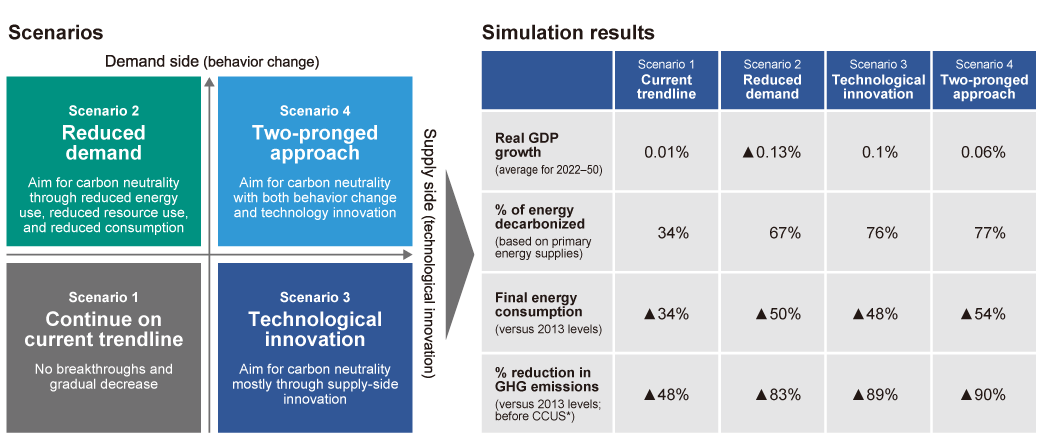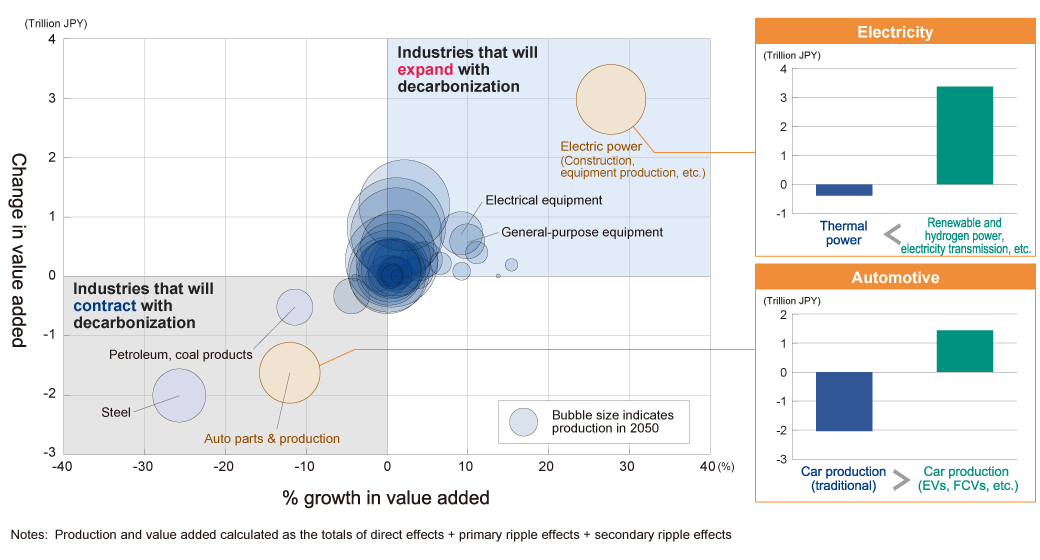In mid-2021, fossil fuel prices reached historic highs as economic activity resumed after the pandemic and upstream investment in resource development stalled with the wave of change toward decarbonization. The trend was further fueled by Russia’s invasion of Ukraine in February 2022. West Texas Intermediate crude oil reached $130 a barrel in March 2022, the highest since it peaked in 2008, and prices for natural gas and coal continue to grow.
High energy prices impact prices for everything else, too—so much so that since March 2021, energy prices have constituted 40 percent of the rises in average consumer prices in Japan, the U.S., and Europe.
The invasion of Ukraine has been a reminder that old notions of energy security are still important. For example, to reduce its dependency on Russia for energy, Germany is looking at diversifying what it buys, including LNG, and building up national reserves of coal and natural gas. The UK also has a renewed awareness of how important its oilfields in the North Sea are.
Growing awareness of energy security does not signify a return to fossil fuels. The European Commission’s March 2022 REPowerEU1 plan to rapidly reduce dependence on Russian fossil fuels suggests that a clean transition, including switching to renewable energy sources, will provide greater energy self-sufficiency for EU member states.
Our conclusion is that the invasion of Ukraine has further entrenched the trend toward decarbonization over the medium to long term. Countries are revising their energy strategies with their sights on decarbonizing and ensuring energy security in tandem.


